Packing for a trip can be a stressful and often exhausting endeavor, but it’s one we must all undertake when we’re traveling. It’s good to know about where you’re traveling, and what modes of transportation you’ll be using.
One thing to keep in mind when determining how to pack for your trip to Japan is what methods you’ll be using to travel throughout the country.
Furthermore, you want to take it into consideration whether or not you’re visiting one spot in Japan, or if you’re wanting to take a longer trip throughout different regions of the country.
If you want to avoid your luggage getting in the way of enjoying your exploration of Japan, keep these tips in mind to avoid some rookie mistakes.
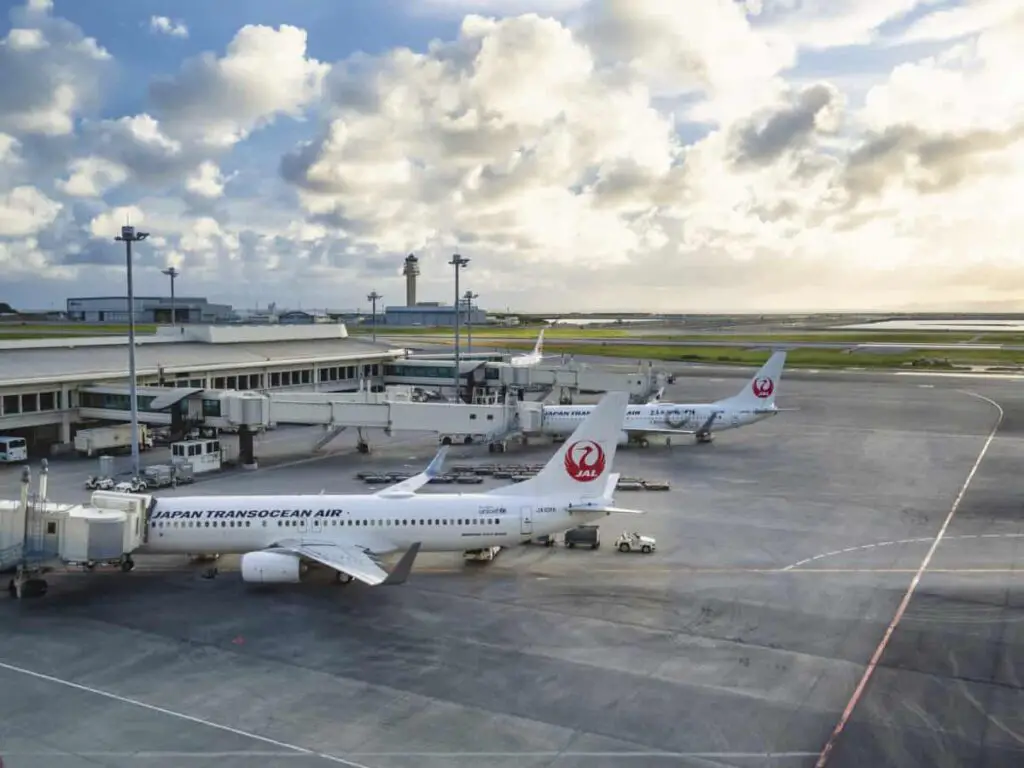
Condense What You Bring
One benefit of traveling to Japan is, based on the season, the weather can be pretty moderate. Thus, you can easily check the forecast before packing, and there’s less of a chance you’ll need multiple seasonal items.
You’ll want comfortable clothing and comfortable walking shoes. Try packing items that you can wear in multiple ways for multiple occasions.
If you’re going to be in Japan for an extended period, consider finding a laundromat near where you’re staying so you can wash your clothes instead of packing more.
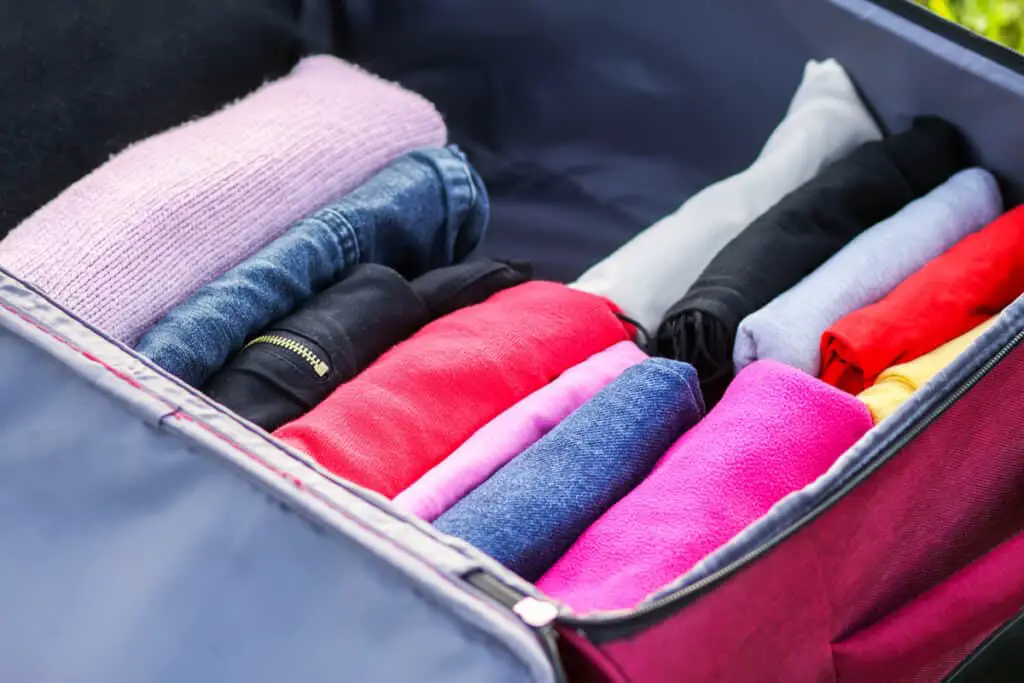
Consider Your Itinerary When Packing
If you plan to travel through forests and go on multiple hikes, you probably don’t need formal wear. If you are going to be walking throughout various Japanese cities, one or two pairs of walking shoes should be enough.
Pack for what you know you’re going to do, not what you think might happen. That way, you have enough room for souvenirs or anything you need to buy last minute while in Japan.

Pack Smart
Make a list of what you need to bring in terms of clothes, shoes, and toiletries, and stick to your list when packing. Be sure to triple check your list while comparing it to what’s in your suitcase.
You can also consider an organizing system like packing cubes if you have trouble getting all of your necessary items into your luggage. These will help create more space by condensing your softer items, so you can get away with packing a little bit more than you need.
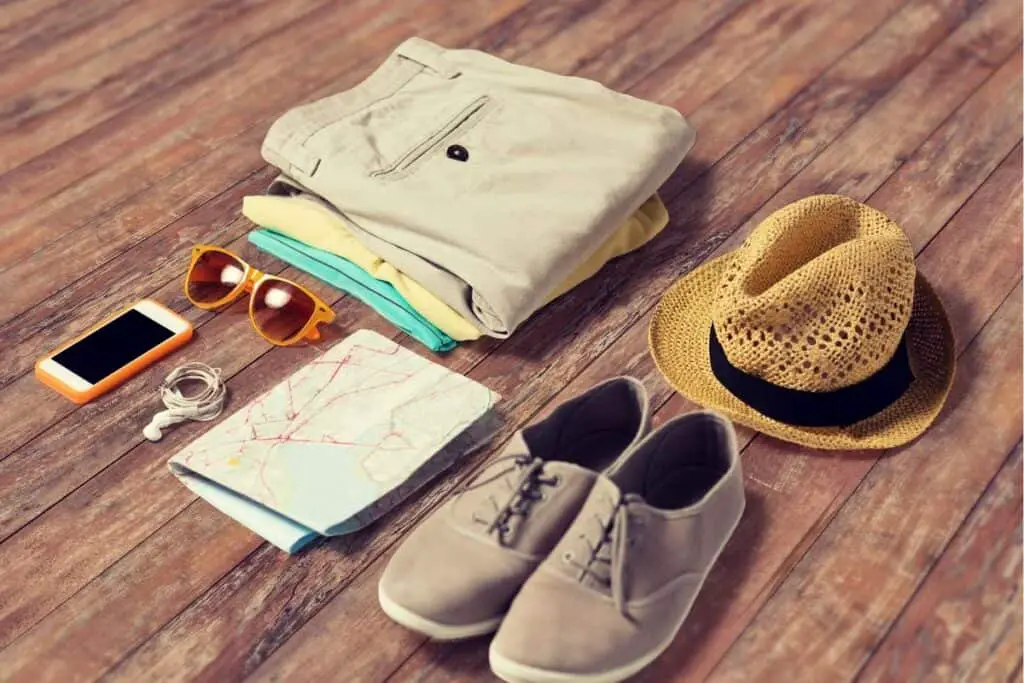
Keep Shopping In Mind
You’re going to want to buy a lot of things when you’re in Japan. Remember this when you’re packing what items you’re going to bring, as well as when picking your luggage.
Keep in mind that you’ll be able to find the same amenities in Japan that you can in other countries, and you will be able to easily find clothing stores or convenience stores for those things you forgot or didn’t have space for.
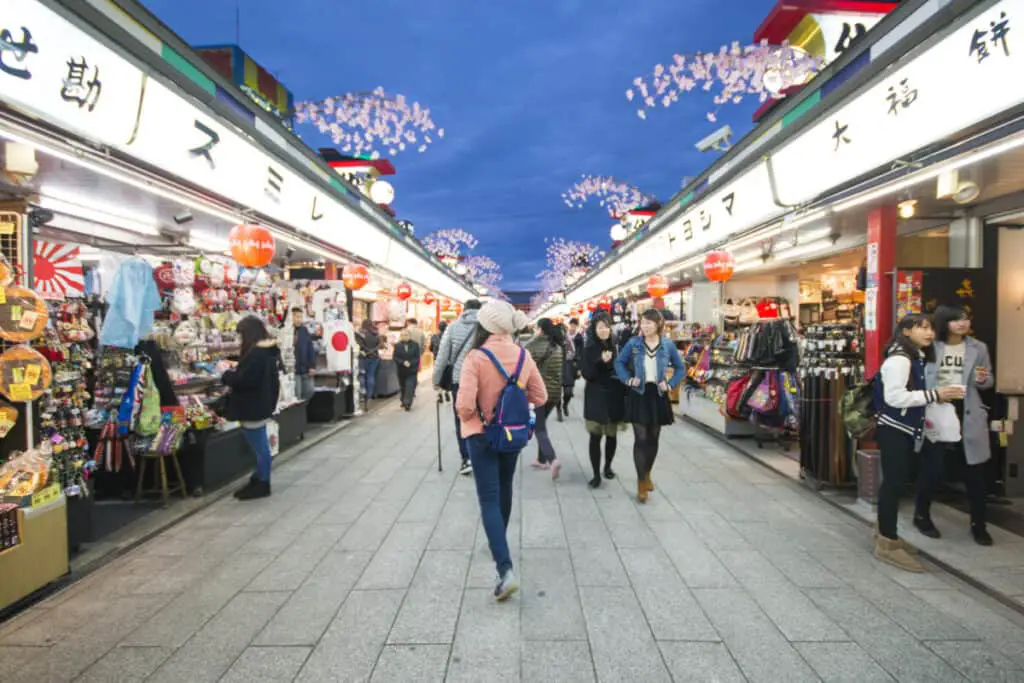
Don’t Use Large, Bulky Suitcases
If you’re going to be traveling throughout Japan on a bus or train and need to bring your luggage with you, you don’t want to bring a large bulky suitcase that is hard to move around.
These will get in the way of passengers on crowded public transportation.
Opt for softer duffel bags or a backpack that will still protect your belongings, but won’t easily break or get knocked around by other passengers.
They are also easier to carry when you’re using escalators and stairs, which you’ll use often if you’re using trains to get through Japan.
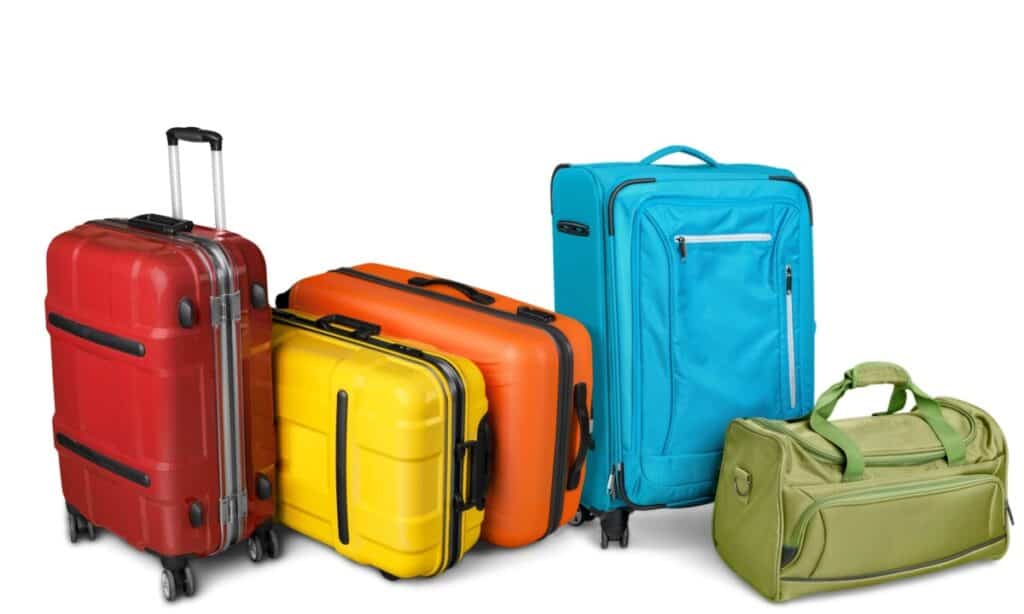
How Much Luggage Is Enough?
If you can condense your packing to one carry-on and one large duffel bag or soft suitcase that isn’t too wide or bulky, you should be fine.
If you know you’re going to want to bring a lot of souvenirs home, consider packing an extra bag within your bag. It’s much easier to only carry around extra luggage on your way home than it is throughout your journey across Japan.

Look For A Wheeled Backpack
If carrying a duffel will be too much strain on your back, a wheeled backpack can be a nice alternative. They are spacious without the added bulk, and they can be worn on the back when needed or rolled around.
Look For A Wheeled Duffel Bag
If you need the extra space a duffel bag offers, there are wheeled options. They can be wheeled upright, making it easy to balance a duffel bag if it’s in the upright position to leave room for more passengers on a bus or train.
Much like the wheeled backpack, a wheeled duffel bag lets you wear it on your shoulder if you want to carry it, but it can also be rolled around when your back gets too tired.
Bringing Luggage On Trains
The train system in Japan is fantastic, and there’s a good chance you’ll be riding one if you don’t plan on staying in one city for the duration of your trip. If you plan to stay in multiple cities, you’ll be bringing your luggage on the train with you.
There are a few different options for storing your luggage on the train so you don’t have to hold it, but those options aren’t always available on every train.
Most trains will have a luggage rack, an overhead rack, and space behind select seats to put luggage. If all else fails, you’ll have to store it in front of you when you sit, so keep that in mind when deciding which luggage to carry to Japan.
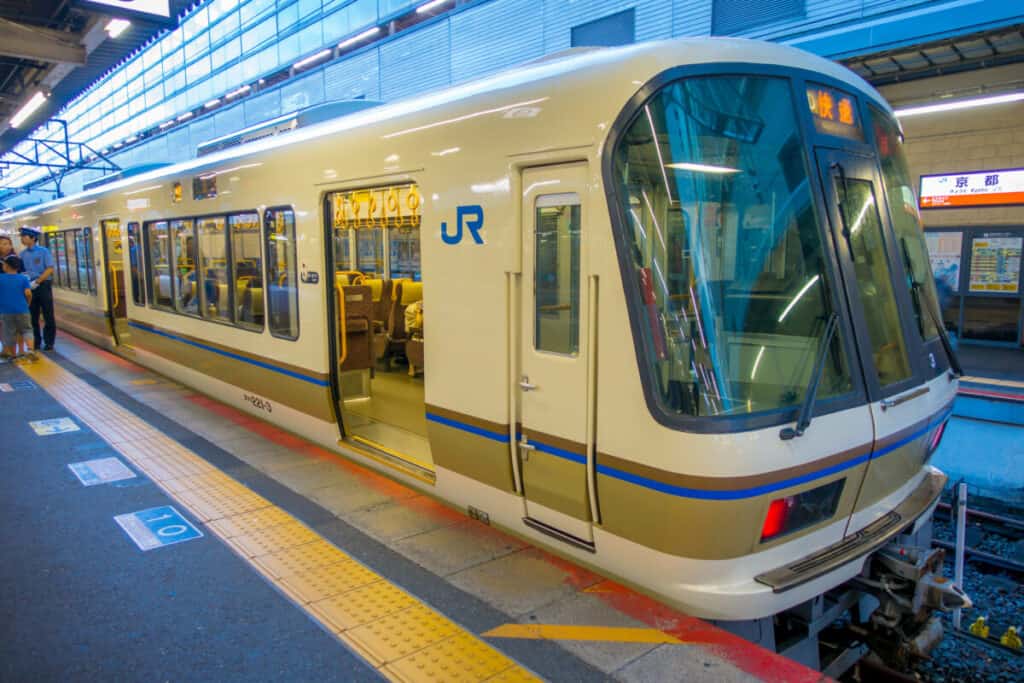
Additionally, trains have a limit for how much luggage you can bring on board. The limit is usually two pieces per person and the weight limit is 66 pounds. This doesn’t include your carry-on.
If your luggage is extra-large, you might have to call ahead and reserve the seats at the back of the train rows, as those have dedicated space for luggage. If you don’t follow the rules, you could end up having to pay extra fees.
Train Station Lockers
If you are planning on taking a day trip on a train and need to carry your luggage with you, there are lockers at many train stations where you can pay by coin to lock your belongings in a locker. Even if you like to travel with a backpack but keep your bigger luggage at a hotel, this could be a viable option to reduce what you have to carry.
Just keep in mind that lockers can fill up fast, so you don’t want to rely on them all the time.
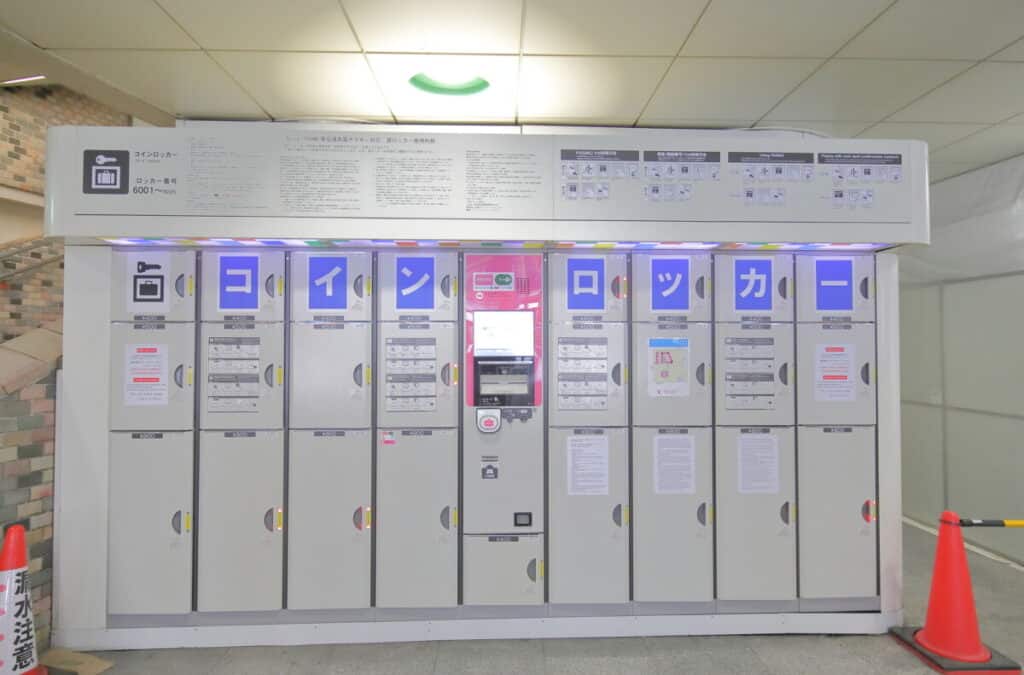
Bringing Luggage On Buses
If you’re taking a bus from the airport, there will most likely be some storage for you to pack your luggage into. If you’re taking a city bus, there might not be any room for your luggage.
There is no designated space on a city bus, so you’ll have to carry it no matter what.
That being said, you probably won’t be moving around on city buses when you’re going to and from different cities in Japan; rather, you’ll most likely be staying in the city so you can keep your luggage at your hotel.
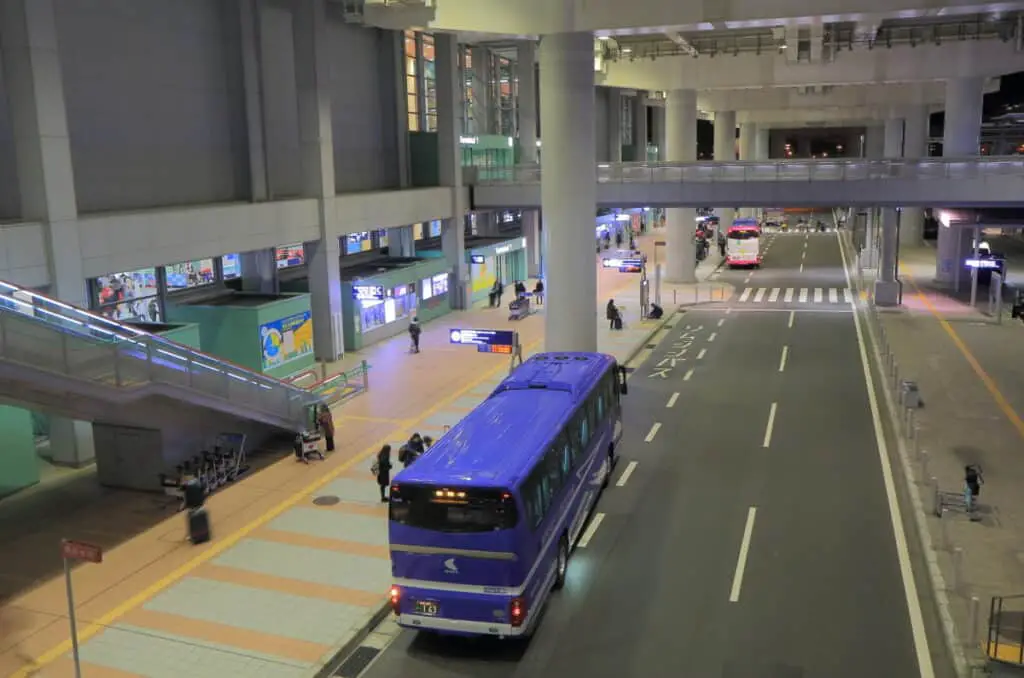
Baggage Delivery Services
If you are going to be in Japan for a long time moving from city to city, you might want to look into baggage delivery services, or takuhaibin. This service will take your luggage and deliver it to a designated spot in your next location of choice.
This service is available in select cities, such as Hakone, Kyoto, and Tokyo, and delivery typically ranges from between 1000 and 2000 yen depending on the service you want and the distance you need your luggage delivered to.
Narita Airport Luggage Delivery Service
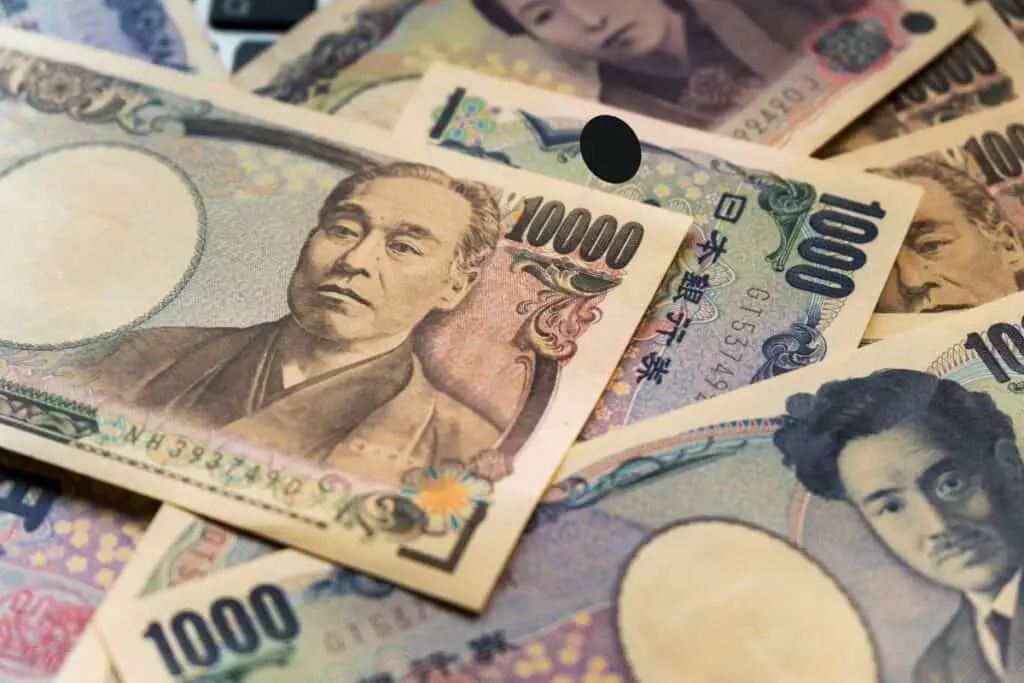
Some hotels might even offer a similar service. It’s always worth asking the concierge what your options are for having luggage delivered to your next destination before deciding to carry it on a train or bus.
There are options for taxis and rental cars that will easily be able to accommodate your luggage, but those costs can add up fast if you’re going to be traveling through Japan for a long time.
Remember Transportation Etiquette
Transportation in Japan can get pretty crowded, and you want to be cognizant of other peoples’ comfort levels and right to space. Having bulky luggage that takes up seating space for other passengers is not polite in Japanese culture.
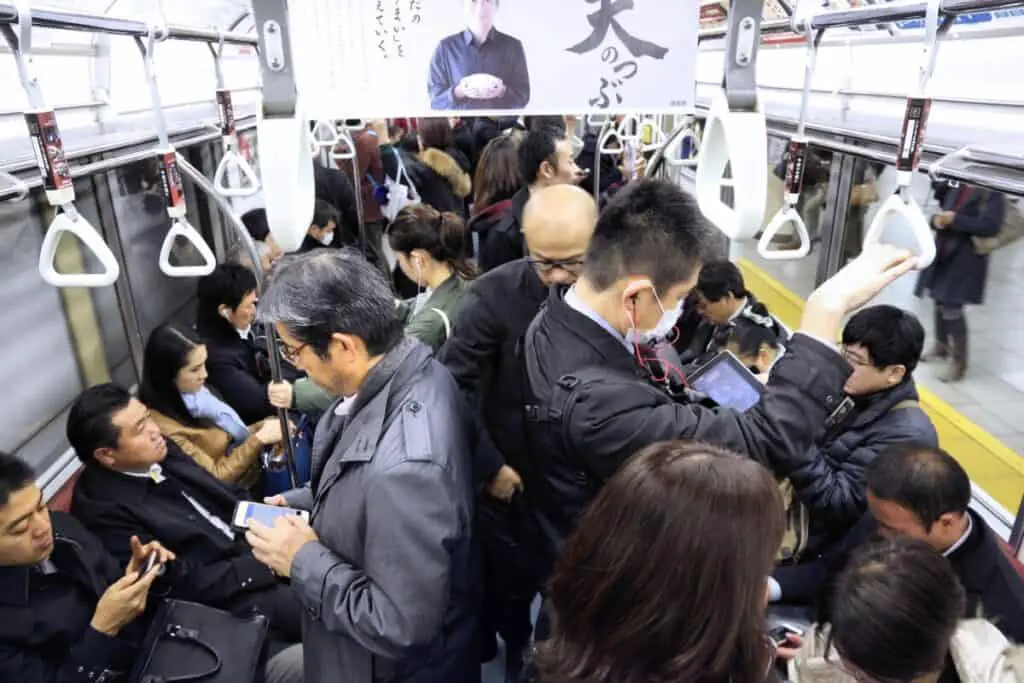
While Japan’s transportation system is very organized and is designed very well to accommodate traveling passengers, you don’t want to create a hassle by taking up too much space with your baggage.









